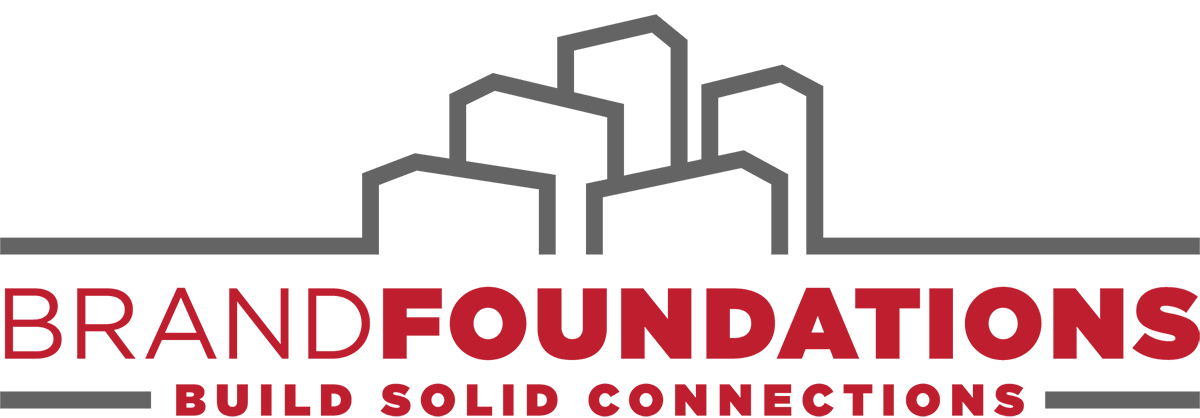While touring and evaluating lots of college campuses this season (my daughter is a high school senior), I’ve noticed an interesting thing: universities offer an organizational and cultural model that enterprises could learn from.
For decades, businesses have emulated other organizational models such as the military, with its hierarchical decision chain that ensures control by stifling creativity. Or the Taylor assembly-line model, with its emphasis on efficiency at the expense of humanism. Lately, there has been a rush to emulate the “agile” methodologies of computer programmers to enable more adaptive enterprises.
So what is it about the college or university community that presents a compelling organizational or cultural model? To most, the university would seem to offer far less “organization” and “efficiency” than is needed to run a successful business. But a closer look reveals they’ve mastered many of the characteristics seen in today’s most successful enterprises:
First, a University is not a hierarchy, but a pluralistic enterprise, with significant influence spread broadly across the campus. It is held together, not by power, but by a common vision and shared values. It’s an example of a purpose-driven community at its finest.
Second, colleges and universities are communities of individual empowerment. The entire structure rests on the actions of a largely independent faculty (employees) who manage to carry out the organization’s mission and guiding principals and over whom the administration (management) has little or no control (thanks in part to the practice of tenure, which was intended to preserve that independence).
Third, a college is a learning organization with an investment mindset. Clearly, the entire purpose of the institution is to foster learning – to develop, test and share new ideas – which many commercial ventures hope to achieve through agile processes. But behind that learning is also a mindset of investment: a tremendous amount of money is invested in people, ideas and the development of staff via research, sabbaticals, etc. And the school is planning on recouping that investment in the form of recurring alumni giving.
Fourth, Universities measure and reward success with meritocracy. Politics will always be present on campus, but at the end of the day, students are graded, professors are evaluated, and colleges are ranked. The market rewards them accordingly: successful students get jobs, effective professors get tenure; the best colleges have the largest endowments.
Finally, colleges and universities are masters of ritual and symbolism that bind the community together. They employ powerful symbols – medieval regalia at commencement, iconic mascots, and ritual tribal combat on the field or court – that generate loyalty far in excess of that seen by any private enterprise.
These are all traits you see in some of the world’s most successful, adaptive and valuable enterprises, such as GE, Google, and Zappos.
In today’s business environment – where everyone has a voice (social media), where the largest generation of workers (Millennials) shun traditional authority in favor of influence and empowerment, and where creativity and entrepreneurial spirit are needed most – leaders should look back to their old college days for some new ideas on how to lead their organizations into tomorrow.
Seeking a better organizational culture? Start by understanding the archetype or “personality” of it, and then contact us to learn how we can help you shape a narrative as powerful as that of your alma mater.



